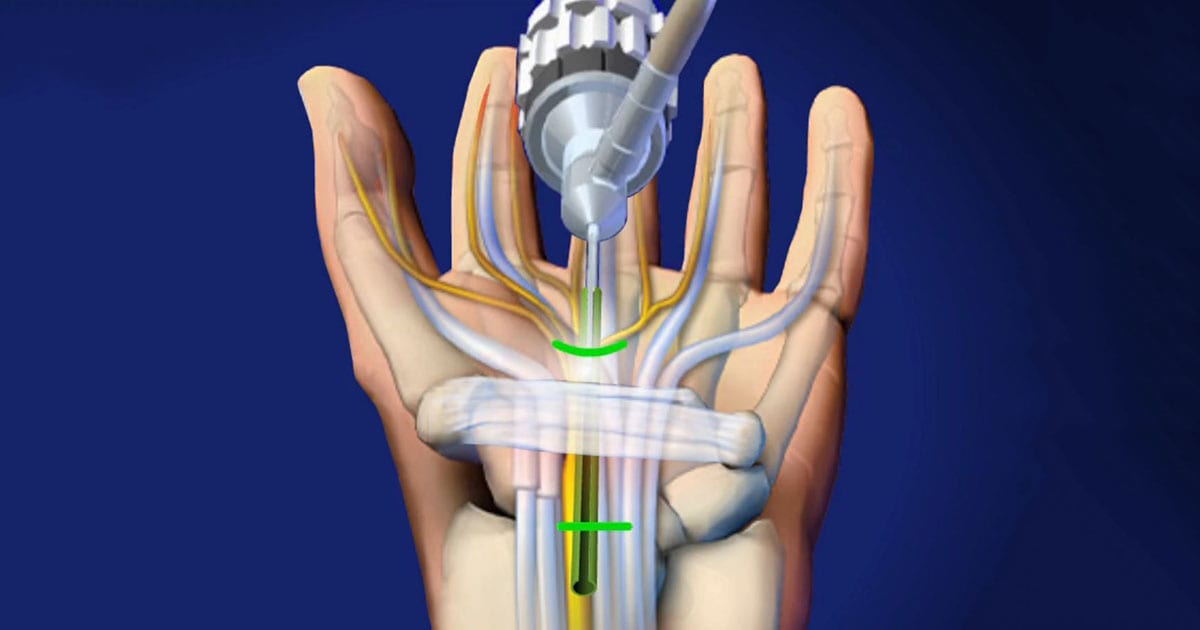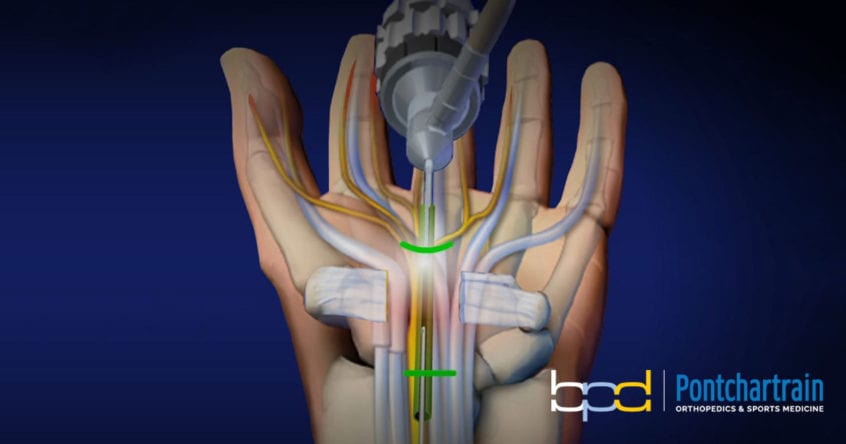Endoscopic Surgery Hand, Wrist, & Elbow
Endoscopic surgery, also known as minimally invasive surgery, is performed through a small incision or body opening, unlike open surgery. It is also known as laparoscopic or keyhole surgery. In this type of procedure, the surgeon is able to look inside the body with the assistance of an endoscope--a camera inserted through a tube. Compared to traditional or open surgery, endoscopic hand surgery, endoscopic wrist surgery, and endoscopic elbow surgery has many benefits which make it a convenient, effective procedure.

Benefits of endoscopic surgery
Benefits of endoscopic surgery include:
Endoscopic surgery is available for many different conditions. Endoscopic hand surgery can be used to treat DeQuervain’s syndrome. Endoscopic wrist surgery can be used to treat including carpal tunnel syndrome. Endoscopic elbow surgery may be appropriate to treat ligament tears, tendon injuries, and other UCL (elbow) conditions.
How is endoscopic surgery performed?
In endoscopic surgery, a small, flexible tube is sent through one small incision (this is a single portal entry) or two incisions (double portal entry). This is done with the guidance of a video camera. The surgeon can insert extremely small surgical instruments into the tube to perform the procedure, while watching the progress on a monitor. During this procedure, the patient may be fully awake, receive a wrist block or local anesthesia. After the surgeon completes the procedure, the incision is closed with stitches. When the stitches are finished, a soft dressing is placed over it and a bandage wrapped around that. A splint or cast is rarely needed after endoscopic surgery.
What happens after surgery?
Your wrist or arm will usually be in a bandage for a couple of weeks. You may be prescribed antibiotics to fight post operative infection. You might have some pain and some numbness after the procedure. Sometimes this goes away quickly; other times, it can take months. Dr. Donnelly will likely recommend that you avoid using your hand or arm after endoscopic surgery. A physical therapy program may be recommended to stretch and exercise your wrist or arm as well as improve your range of motion. Return to work and daily activities where you can use your hand or arm often ranges between 4 and 8 weeks.

